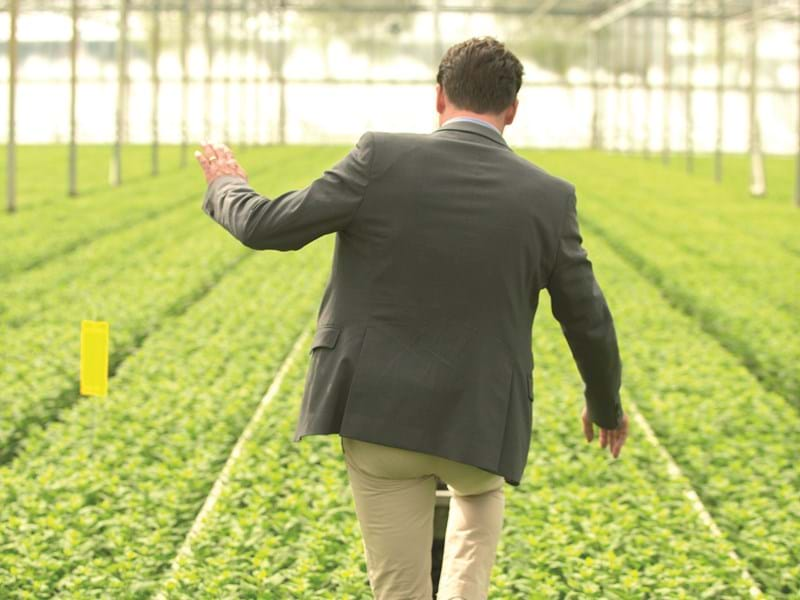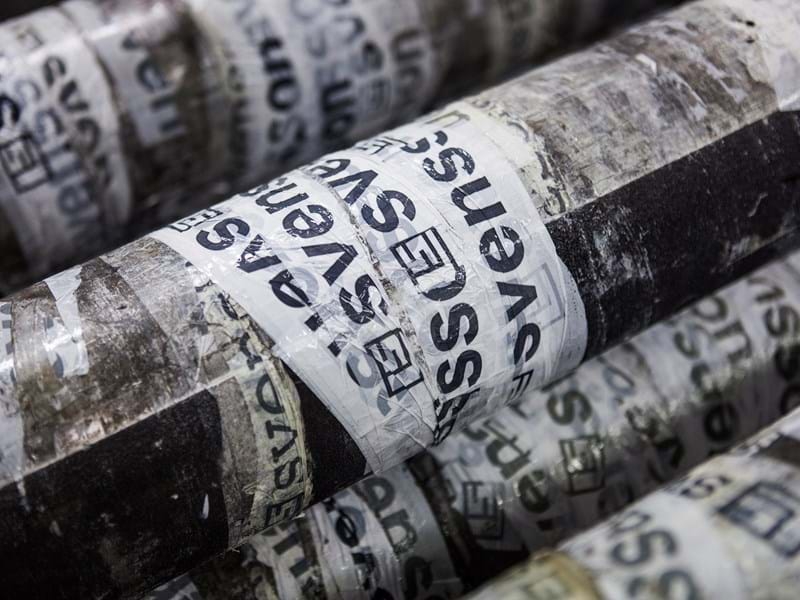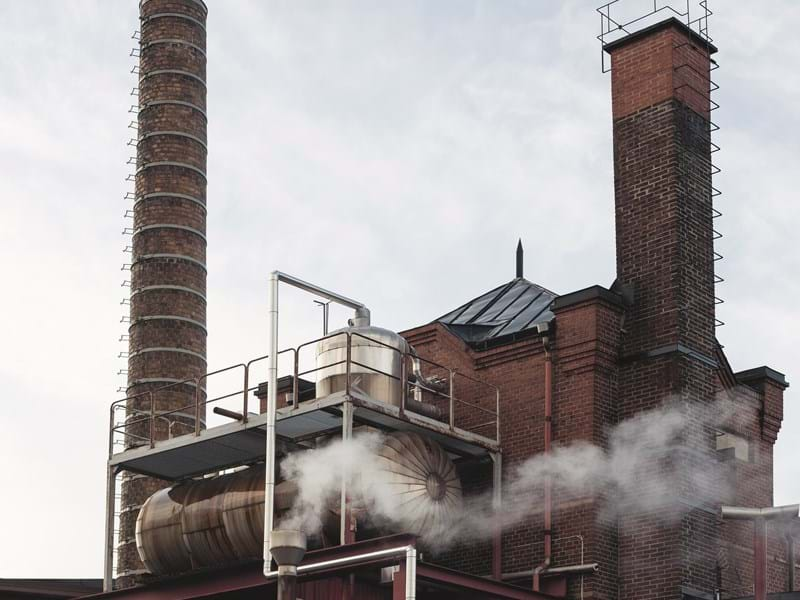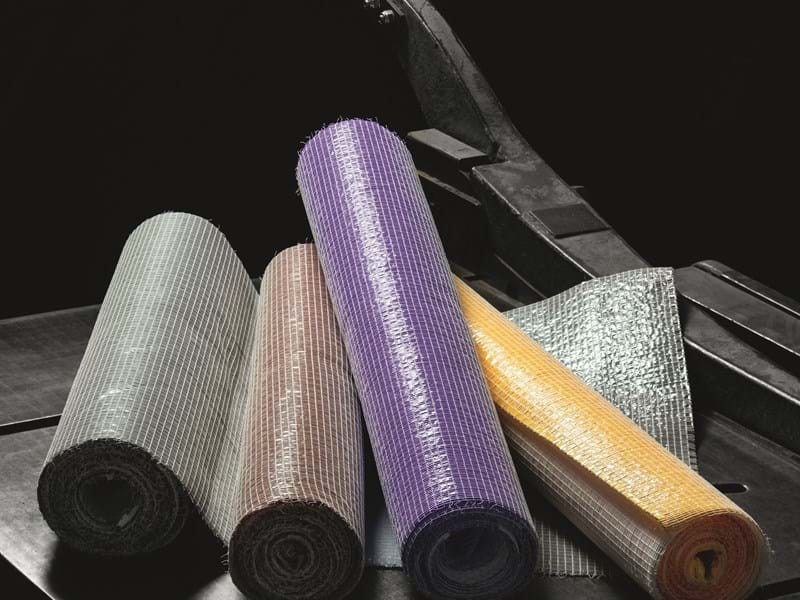Smart Textiles - Tomorrow's world
How about fabrics that detect air pollutants or have built-in solar cells?
In the future textiles will play an increasingly important role in sustainable development.
How about fabrics that detect air pollutants or have built-in solar cells? In the future textiles will play an increasingly important role in sustainable development.
It sounds like something out of a sci-fi novel, but soon fabrics will be embedded with chips that measure our heart rate, ECG, and blood sugar levels. They may even be able to detect air pollutants and neutralize them... And that is just the beginning. The textile industry, which is often knocked for its environmental impact, is about to become a positive force moving us towards a more sustainable society. But more of that later.
“Smart textiles are far more than just a trend, they will change our daily lives for the better,” says Nils-Krister Persson, head of the Technology Lab at Smart Textiles, part of The Swedish School of Textiles at the University of Borås.
“But it is not about being smart in the sense of artificial intelligence, but more about creating textiles that add value and new functions. That might be a blend of electronics and textiles, such as sensors with different measurement functions, a development that we already see in elderly care.”
With that said, textile innovation can develop in many different ways.
One of the more prominent companies in textile innovation is Svensson. Along with interior textiles, Svensson is a world leader in climate screens designed to create the perfect conditions for growing in greenhouses.
“A niche that is becoming more and more important, especially in view of our increasing environmental problems. Climate screens also provide the security of safer food production and reduced energy consumption, sometimes by as much as 50%,” says Hans Andersson, Chief Technical Officer at Svensson.
At its laboratory in Kinna, work is underway to refine production methods – small changes that can produce industry-altering results.
“Just think, for example, if we could increase the light admitted into a greenhouse by 1% that would mean the grower would increase their production by about the same amount,” Andersson says.
For Svensson working with both interior textiles and climate screens is a big advantage, as both areas feed off each other and drive forward research – more and more, these worlds are merging.
“We have even begun integrating solar cells into our products, so far only for experimental purposes, but in the future, we see this as a highly plausible development,” Andersson says.
3 exciting textile innovations:New surface coatings like nanotechnology prevent substances from penetrating fabrics: New York designer Nikolas Bentel has developed a shirt collection that changes colour when exposed to air pollutants. Functional textiles that can communicate with apps to read not only our surroundings but also ourselves.
|
Textile trends
The pursuit of new, environmentally friendly materials is part of an overall trend in the industry to create a more sustainable society. For example, the Swedish School of Textiles at Borås University has managed to make fabrics from paper pulp.
Given global population growth, this is a welcome development. Demand for textile fibers and materials that can be used in place of cotton and plastic will only increase. But it is also about creating textiles with a longer lifespan. One much talked about and highly successful method is the use of nanotechnology, which sees dirt literally “run off” a fabric.
“This is an area in which we have done a lot of research, especially since our textiles are often found in environments where they are subject to heavy use,” says Andersson, who also mentions that Svensson manufactures upholstery fabrics for trains and buses.
“These are textiles with high demands on their functionality. They need to be washable, stand up to heavy use and be absolutely fireproof. For example, how many times can you sit on a fabric without it pilling? The longer you can wait to wash a fabric, the more cost effective it will be,” Andersson says.

But it is not just about money. Svensson makes no bones about its environmental commitment. The level of care companies demonstrate will probably more than anything else differentiate the leaders of tomorrow. But you need a real sense of responsibility and a clear environmental policy.
Andersson points to an inventory of the soil surrounding the Svensson factory a few years ago that found no traces of environmentally hazardous materials.
“For us, it goes without saying that we should avoid environmentally harmful chemicals, but we have also discovered that this gives us a competitive advantage, especially when it comes to securing public contracts. Everyone knows we’re a company that cares about the environment in word and deed.”
And that, perhaps, is the most important trend of all.








